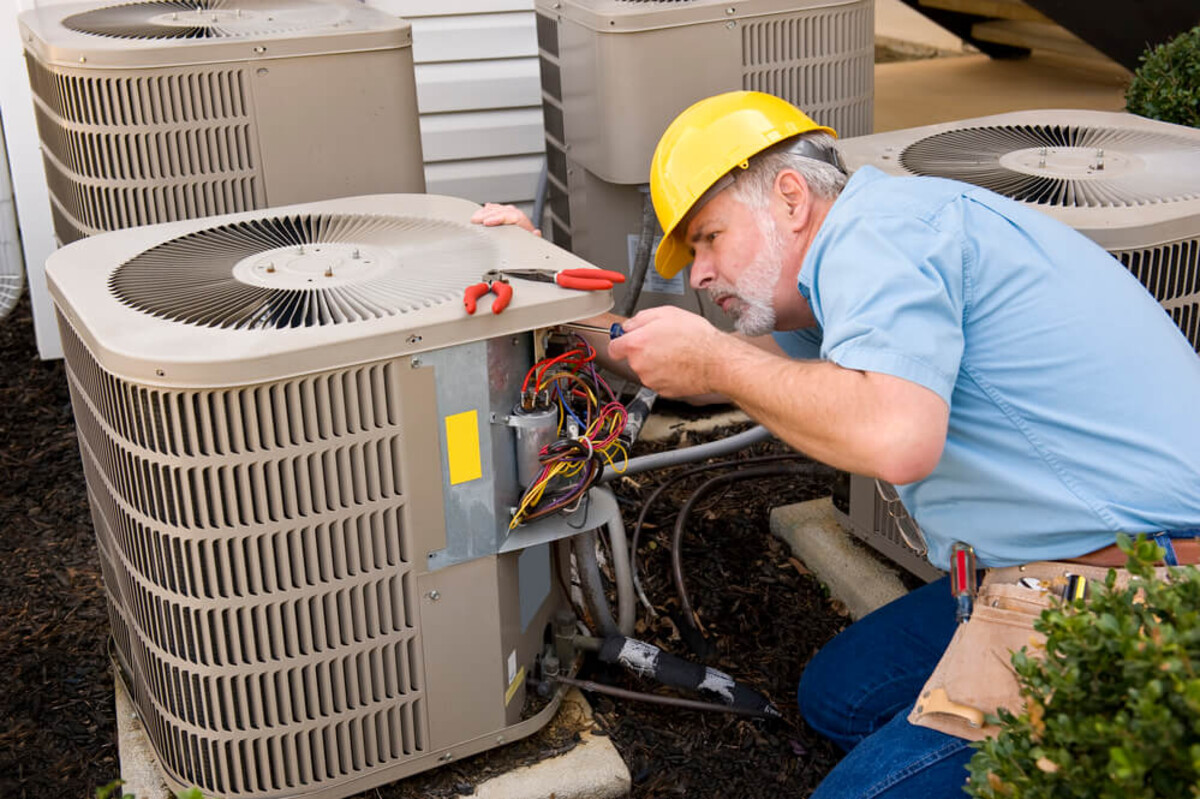

Articles
How To Install Surge Protector On AC Unit
Modified: August 21, 2024
Learn how to safely install a surge protector on your AC unit with our step-by-step guide. Protect your appliances from power surges and ensure their longevity.
(Many of the links in this article redirect to a specific reviewed product. Your purchase of these products through affiliate links helps to generate commission for Storables.com, at no extra cost. Learn more)
Introduction
Welcome to our guide on how to install a surge protector on an AC unit. As summer approaches and temperatures start to rise, many of us rely on our air conditioning units to keep our homes cool and comfortable. However, these AC units are vulnerable to power surges, which can damage sensitive electrical components and lead to costly repairs. That’s where a surge protector comes in.
A surge protector is designed to safeguard electronic devices from sudden voltage spikes or surges in electrical power. By installing a surge protector on your AC unit, you can protect it from potential damage caused by lightning strikes, power fluctuations, and other electrical anomalies.
In this article, we will walk you through the step-by-step process of installing a surge protector on your AC unit. But before we delve into the installation process, let’s first discuss the tools and materials you will need for this project.
Key Takeaways:
- Protect your AC unit from potential damage by installing a surge protector. Prioritize safety, gather necessary tools, and follow step-by-step instructions to ensure a smooth and successful installation process.
- Safeguard your investment and ensure uninterrupted performance of your AC unit during hot summer months. Test the surge protector to verify functionality and enjoy peace of mind knowing your valuable equipment is protected.
Read more: How Much To Install AC In A House
Step 1: Gather the necessary tools and materials
Before you begin the installation process, it’s important to gather all the tools and materials you will need. Here’s a list of items you will typically require:
- Surge protector: Make sure to choose a surge protector specifically designed for AC units. Look for one with a high joule rating to ensure maximum protection.
- Screwdriver or drill: You will need a screwdriver or drill to mount the surge protector onto the wall or surface.
- Wire cutters/strippers: These tools are essential for cutting and stripping the wires during the installation process.
- Electrical tape: Electrical tape helps secure and insulate the connections, ensuring a safe and reliable installation.
- Cable ties: Cable ties are useful for organizing and securing the electrical wires, preventing them from dangling or getting tangled.
- Voltage tester: A voltage tester is necessary to verify that the power supply is turned off before you begin working.
- Ladder: Depending on the height of your AC unit, you may need a ladder to access the electrical panel and/or mount the surge protector.
Ensure you have all the listed tools and materials before proceeding to the next steps. This will save you time and ensure a smooth installation process.
Step 2: Turn off the power supply
Prior to any electrical work, it is crucial to turn off the power supply to your AC unit. This step ensures your safety and prevents any accidental electrical shocks or damage.
Locate your home’s main electrical panel, which is usually situated in the basement, utility room, or garage. Open the panel door and look for the circuit breaker that controls the power to your AC unit. It is typically labeled as “AC” or “Air Conditioner.”
Next, switch off the circuit breaker dedicated to your AC unit by flipping it to the “off” position. To confirm that the power is indeed off, use a voltage tester to check for any electrical current. Place the voltage tester on a nearby outlet or switch to ensure it is functioning correctly. Then, carefully touch the tester’s probes to the AC unit’s wires or terminals. If the tester does not indicate any voltage, it is safe to proceed with the installation.
Remember, working with live wires can be extremely dangerous, so double-check that the power is turned off before you continue with the installation process.
Step 3: Locate the electrical panel
Now that you have ensured the power supply to the AC unit is turned off, it’s time to locate the electrical panel where you will connect the surge protector.
The electrical panel, also known as the breaker box, is typically found in a utility room, basement, or garage. It houses the circuit breakers that control the electrical circuits in your home.
Once you have located the electrical panel, open the panel door to reveal the circuit breakers. Take note of the different breakers and their corresponding labels, as you will need to identify the breaker for the AC unit during the installation process.
Some electrical panels have a main breaker, which is usually the largest switch in the panel. This main breaker controls the power flowing into the entire panel. If you need to turn off the power to the entire house, you can do so by switching off this main breaker. However, for this installation, you only need to locate the breaker dedicated to the AC unit.
If your electrical panel is not properly labeled or if you’re unsure which breaker controls the AC unit, you can use a process of elimination. Start by turning off one breaker at a time and check if the AC unit loses power. Once you have identified the correct breaker, leave it in the off position to ensure a safe working environment.
With the electrical panel located and the AC unit’s breaker turned off, you’re ready to proceed with the installation process.
Step 4: Find an appropriate location for the surge protector
Now that you’ve prepared the power supply and located the electrical panel, it’s time to find a suitable location for the surge protector.
When choosing a spot for the surge protector, consider the following factors:
- Proximity to the AC unit: The surge protector should be installed as close to the AC unit as possible to keep the wiring connections short and minimize any potential voltage drop.
- Accessibility: Ensure that the location allows for easy access to the surge protector in case you need to inspect or replace it in the future.
- Secure mounting surface: Choose a solid surface, such as a wall or electrical panel, to mount the surge protector. It should be sturdy enough to support the weight of the surge protector and withstand any vibrations from the AC unit.
- Adequate ventilation: Avoid installing the surge protector in an area that is prone to excessive heat or moisture. Excessive heat can reduce the lifespan of the surge protector, while moisture can pose a safety risk.
Take some time to assess your options and choose the best location that meets these criteria. Keep in mind that every installation may vary, and it’s essential to adapt to your specific setup.
Once you’ve determined the ideal location, mark the area where you will mount the surge protector. Use a pencil or marker to make sure you have an accurate reference point for the installation.
With the location decided, you’re ready to move on to the next step: mounting the surge protector.
When installing a surge protector on an AC unit, make sure to turn off the power to the unit before beginning the installation. Follow the manufacturer’s instructions carefully to ensure proper installation and protection for your AC unit.
Read more: How To Install A Wall AC Unit
Step 5: Mount the surge protector
With the location determined, it’s time to mount the surge protector. Follow these steps to securely attach it to the chosen surface:
- Prepare the mounting surface: Clean the surface to ensure proper adhesion. Remove any dust, dirt, or debris that could affect the adhesive or mounting screws.
- Choose the mounting method: Depending on the surge protector model, you may have two mounting options: adhesive or screws. If your surge protector includes adhesive backing, simply peel off the protective backing and press it firmly onto the mounting surface. If there are pre-drilled holes on the surge protector, use screws suitable for the chosen surface to secure it in place.
- Align and attach the surge protector: Align the surge protector with the marked location on the wall or panel. If using adhesive, press firmly against the surface and hold for a few seconds to ensure proper adhesion. If using screws, insert them through the mounting holes on the surge protector and into the surface. Use a screwdriver or drill to tighten them securely.
- Double-check the stability: Give the surge protector a gentle tug to ensure it is firmly attached. It should not come loose or wobble. If it does, you may need to reinforce the mounting with additional adhesive or longer screws.
It’s important to follow the manufacturer’s instructions when mounting the surge protector to ensure proper installation. Some surge protectors may require additional steps or have specific mounting instructions, so be sure to read the product documentation carefully.
Once the surge protector is securely mounted, you can proceed to the next step: connecting it to the AC unit.
Step 6: Connect the surge protector to the AC unit
Now that the surge protector is securely mounted, it’s time to connect it to the AC unit. Follow these steps to ensure a proper and secure connection:
- Locate the AC unit’s electrical wiring: Look for the electrical wires that connect the AC unit to the electrical panel. These wires typically emerge from a conduit or direct power source near the unit.
- Prepare the electrical wires: Using wire cutters or strippers, carefully strip about half an inch of insulation from the ends of the electrical wires. This will expose the copper conductor, allowing for proper connection.
- Connect the surge protector: Depending on the surge protector model, there will be designated terminals or sockets for connecting the AC unit’s wires. Follow the manufacturer’s instructions to identify the appropriate connections. Typically, there will be a line/load terminal for the incoming power and a line/load terminal for the power going to the AC unit. Insert the stripped end of each wire into the corresponding terminal and tighten the screws to secure the connection.
- Double-check the connections: After connecting the wires, ensure that they are secure and tightly fastened. Give each wire a gentle tug to make sure it doesn’t come loose. Loose connections can lead to poor performance or electrical hazards.
It’s crucial to handle the electrical wires with caution and ensure they are properly connected. If you’re unsure about the wiring or encounter any issues during this step, it may be best to consult a professional electrician for assistance.
With the surge protector successfully connected to the AC unit, it’s time to tidy up the wiring and secure it in place.
Step 7: Secure and tidy up the wiring
Once the surge protector is connected to the AC unit, it’s important to secure and tidy up the wiring to ensure a professional and organized installation. Here’s what you need to do:
- Organize the wires: Arrange the electrical wires neatly, making sure they are not twisted or tangled. Use cable ties or zip ties to bundle the wires together at regular intervals and keep them in place.
- Secure the wiring: Attach the bundled wires to the wall or mounting surface using adhesive cable clips or wire staples. Make sure to position the clips or staples along the path of the wiring, keeping it tight against the surface to prevent any loose or hanging wires.
- Avoid interference: Keep the electrical wires separate from any other cables or wires to prevent interference or signal loss. If there are other nearby cables, use cable management solutions like cable raceways or wire conduits to separate and protect the AC unit’s wiring.
- Inspect for any loose connections: Double-check all the terminal connections on the surge protector and AC unit. Ensure they are tight and secure, with no exposed wires or loose components. If you notice any issues, rectify them immediately.
By securing and tidying up the wiring, you are not only enhancing the visual appeal of the installation but also minimizing the risk of accidental damage or tripping hazards.
With Step 7 completed, it’s time to move on to the next step: testing the surge protector to ensure it is functioning correctly.
Step 8: Test the surge protector
After completing the installation and securing the wiring, it’s crucial to test the surge protector to ensure it is functioning correctly. Follow these steps to conduct a proper test:
- Double-check the power supply: Ensure that the circuit breaker for the AC unit is still in the “off” position to prevent any power flow during the testing process.
- Inspect the surge protector: Take a visual inspection of the surge protector to ensure there are no visible damages or loose connections. If you notice any issues, do not proceed with the testing and seek professional assistance.
- Turn on the power supply: Switch the circuit breaker for the AC unit back to the “on” position to restore power to the unit and surge protector.
- Verify surge protector functionality: Once the power supply is restored, check the surge protector’s indicator lights or display panel to ensure it is receiving power. Different surge protectors may have different indicator systems, so refer to the product’s documentation for specific instructions.
- Test the surge protection: To test the surge protector’s functionality, you can consider using a surge generator or contacting a professional electrician who can simulate a surge and verify the protector’s response. This step ensures that the surge protector can effectively handle voltage spikes and provide protection to your AC unit.
If the surge protector is not functioning correctly during the testing process, it is essential to identify and address the issue promptly. This may involve checking the wiring connections, replacing the surge protector, or seeking professional assistance to diagnose the problem.
By properly testing the surge protector, you can have peace of mind knowing that your AC unit is safeguarded against power surges.
With Step 8 completed, you have successfully installed and tested the surge protector on your AC unit.
Read more: How To Install Split AC Unit
Conclusion
Installing a surge protector on your AC unit is a wise investment that ensures the protection of your valuable equipment from unexpected power surges. By following the step-by-step process outlined in this guide, you can successfully install a surge protector and enhance the safety and longevity of your AC unit.
Remember, it is essential to gather the necessary tools and materials before starting the installation, turn off the power supply to the AC unit, locate the electrical panel, find an appropriate location for the surge protector, mount it securely, connect it to the AC unit, tidy up and secure the wiring, and finally, test the surge protector to ensure its functionality.
Throughout the installation process, prioritize safety by double-checking that the power supply is turned off before working with the electrical components. If you are unsure about any step or face any difficulties, it is always recommended to consult a professional electrician for guidance.
By installing a surge protector on your AC unit, you can protect it from potential damage caused by power surges, lightning strikes, or electrical anomalies. This not only saves you from costly repairs but also ensures the uninterrupted performance of your AC unit during hot summer months.
Take the necessary precautions and invest in the proper surge protection for your AC unit. You’ll have peace of mind knowing that you’ve taken the necessary steps to safeguard your investment and keep your home cool and comfortable for years to come.
Now that you're equipped to safeguard your AC unit with a surge protector, why not consider upgrading the unit itself? Our latest review, 5 Best Window Unit AC for 2024, offers a detailed look at the top window unit ACs set to hit the market in 2024. Perfect for those planning a new installation or upgrade, this guide ensures you choose an air conditioner that meets your needs for efficiency, size, and quiet operation. Don't miss out on optimizing your home's comfort and energy consumption!
Frequently Asked Questions about How To Install Surge Protector On AC Unit
Was this page helpful?
At Storables.com, we guarantee accurate and reliable information. Our content, validated by Expert Board Contributors, is crafted following stringent Editorial Policies. We're committed to providing you with well-researched, expert-backed insights for all your informational needs.
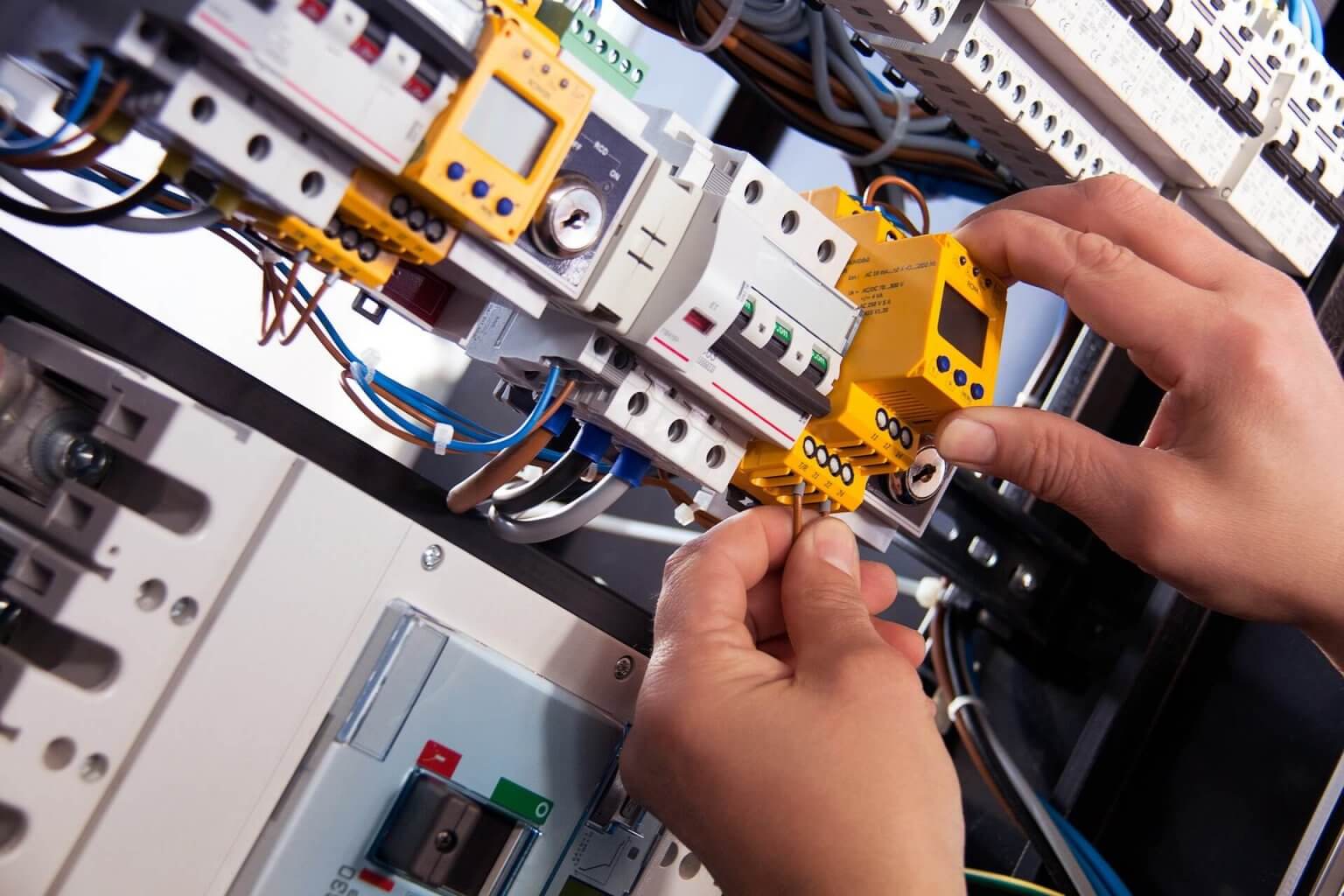
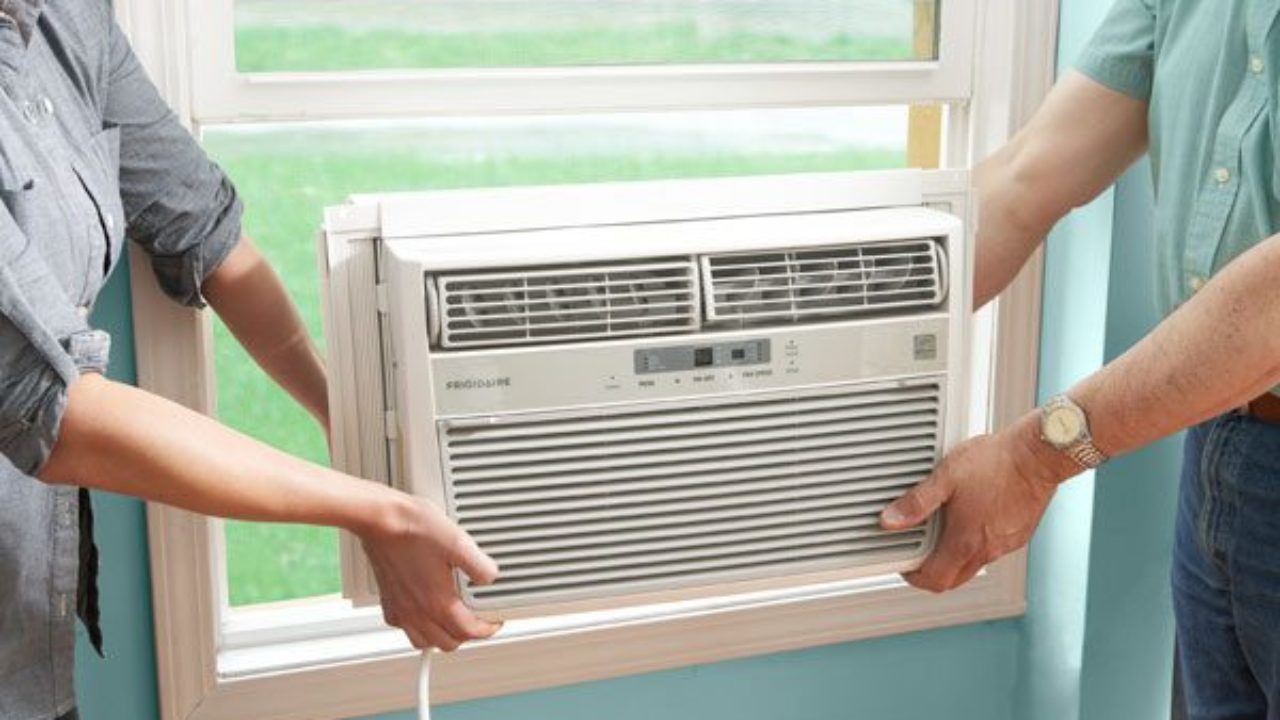
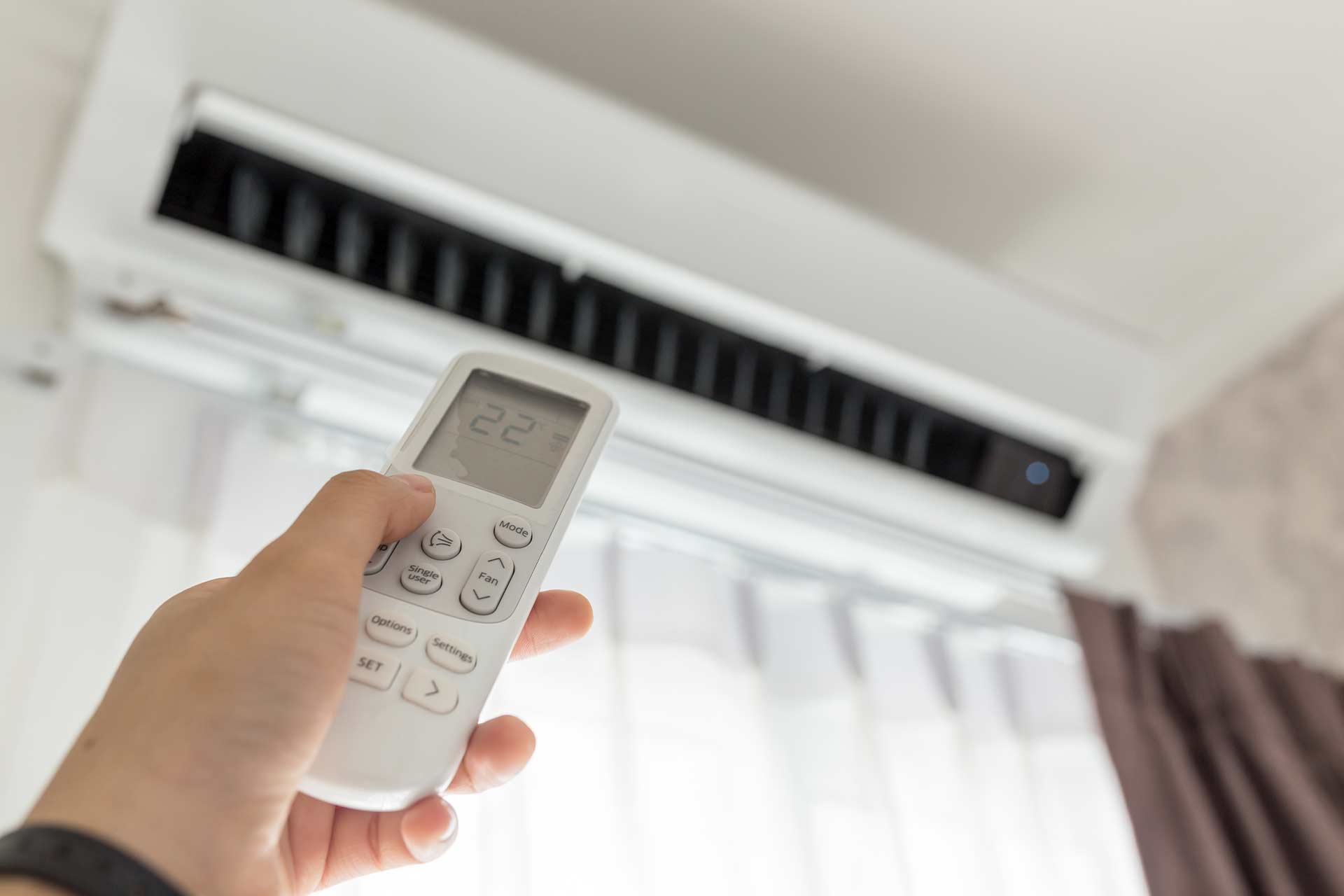
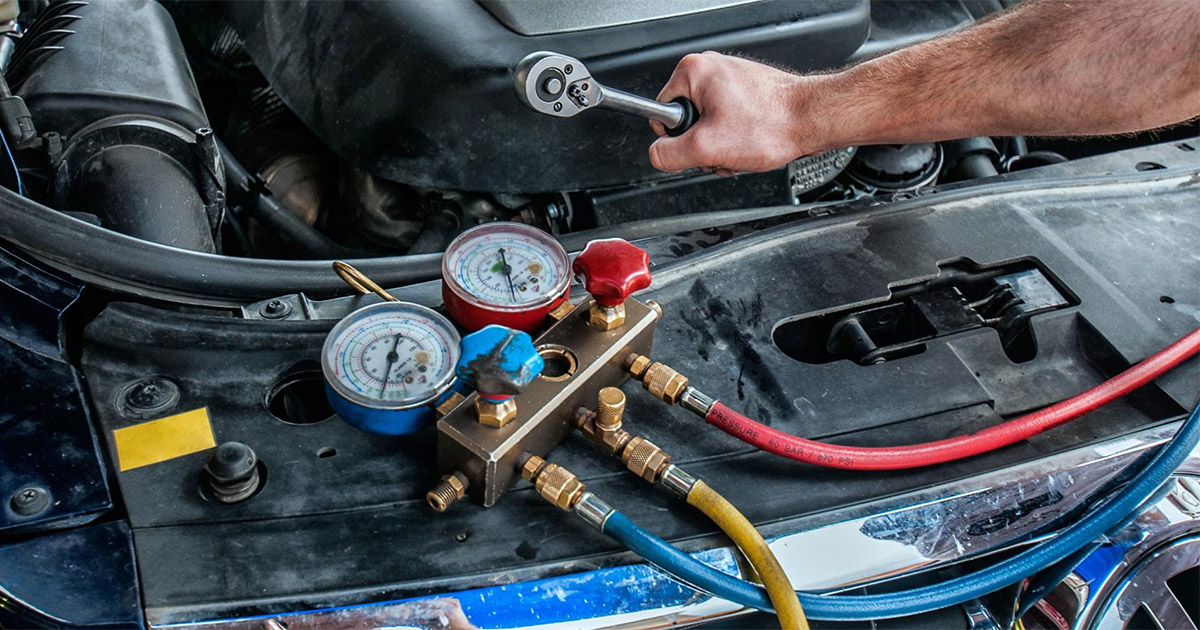
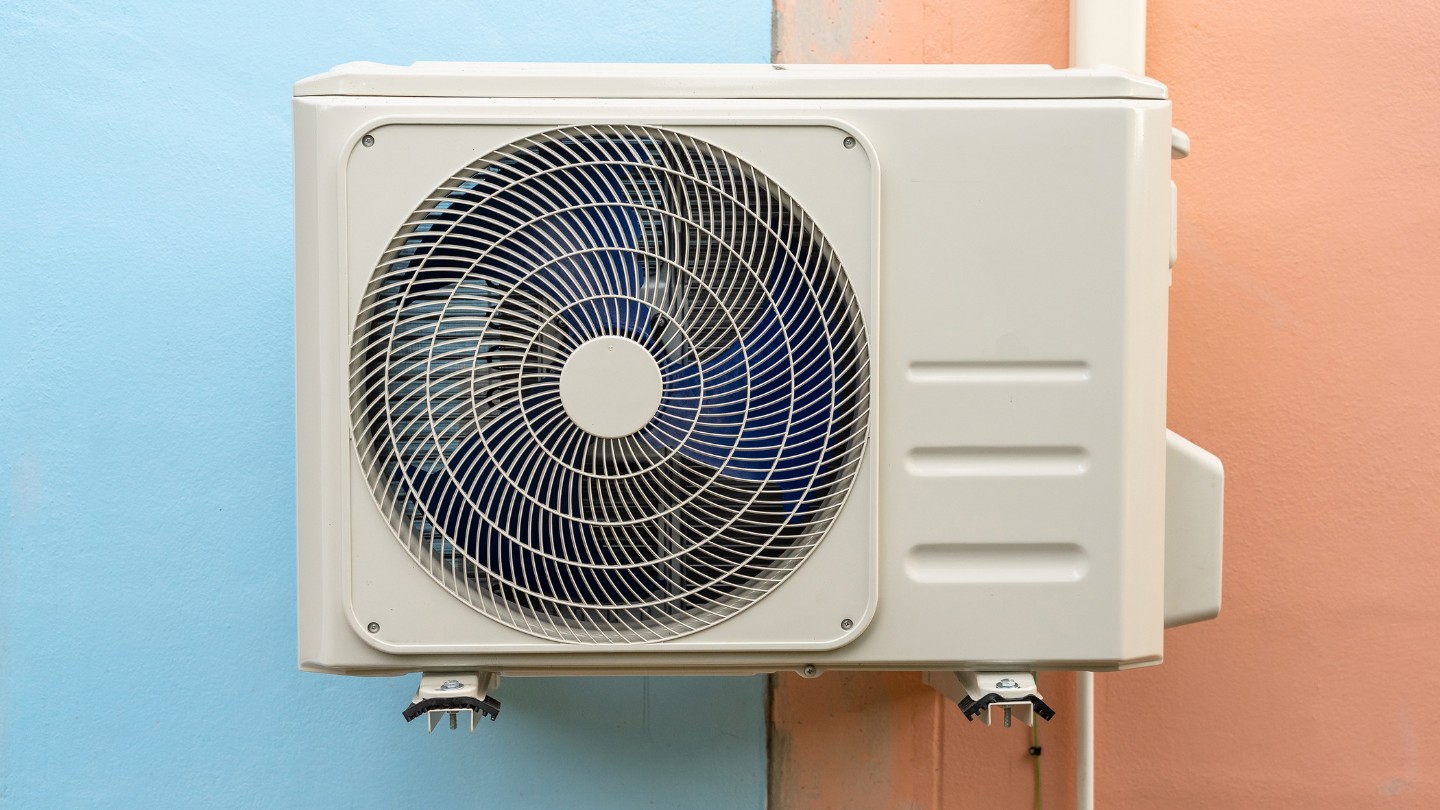
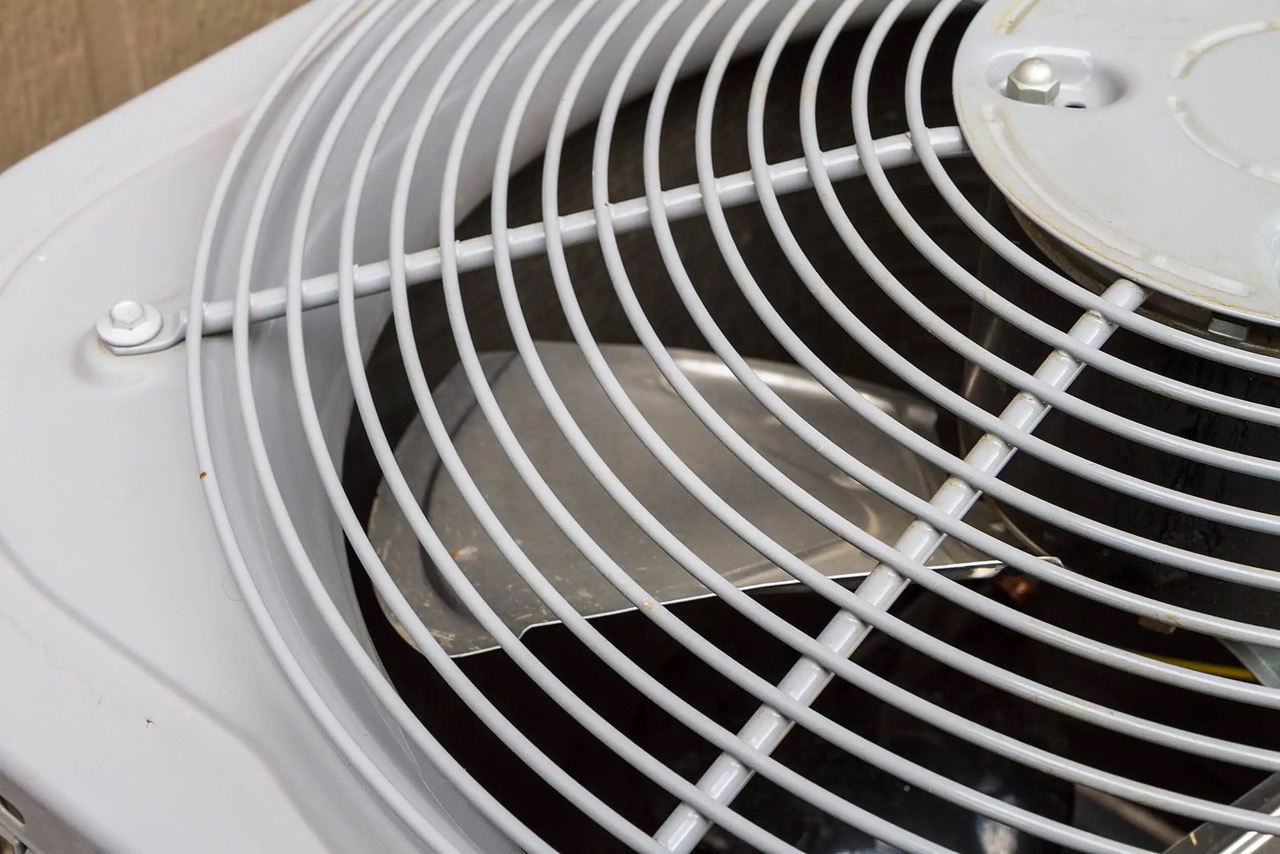
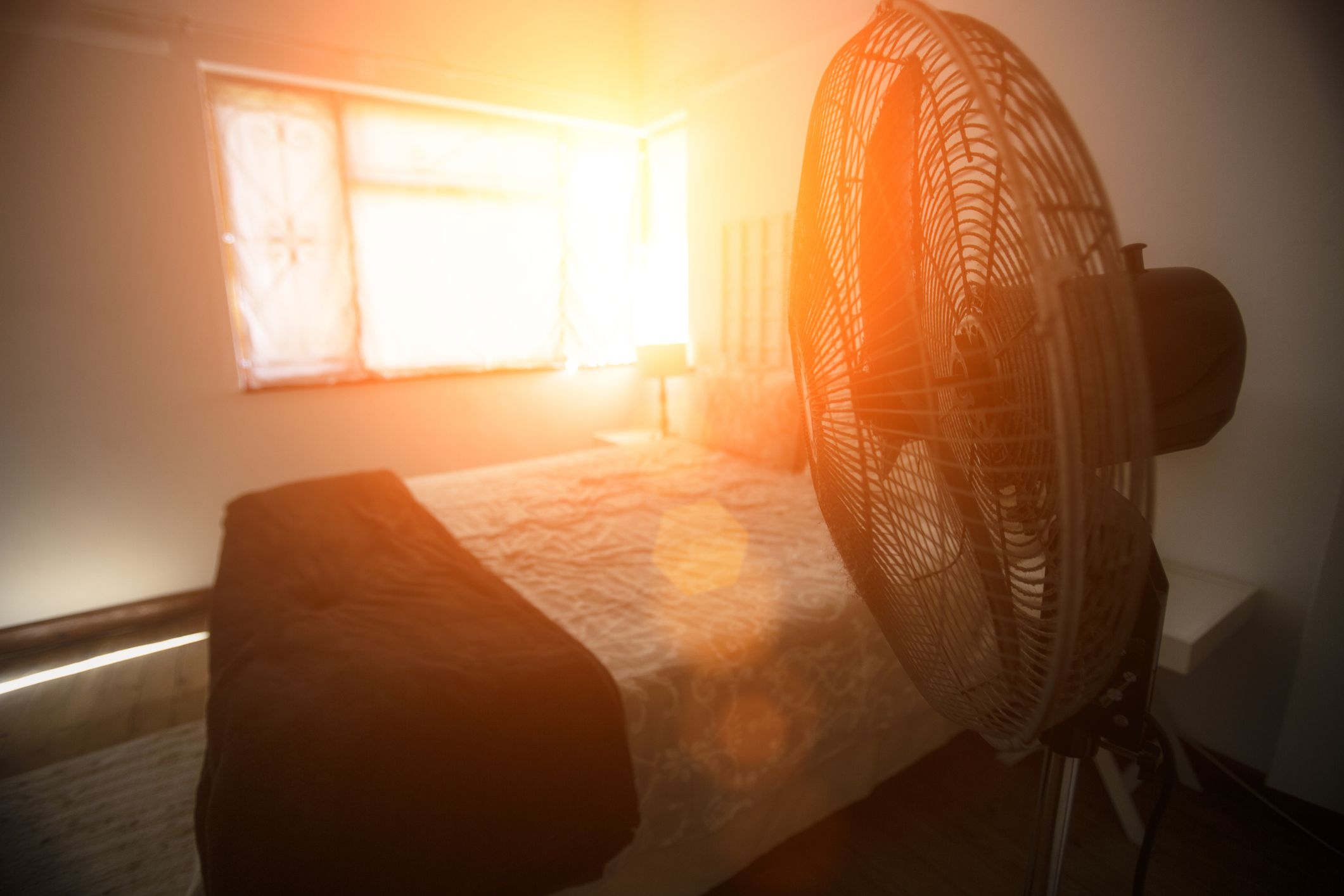
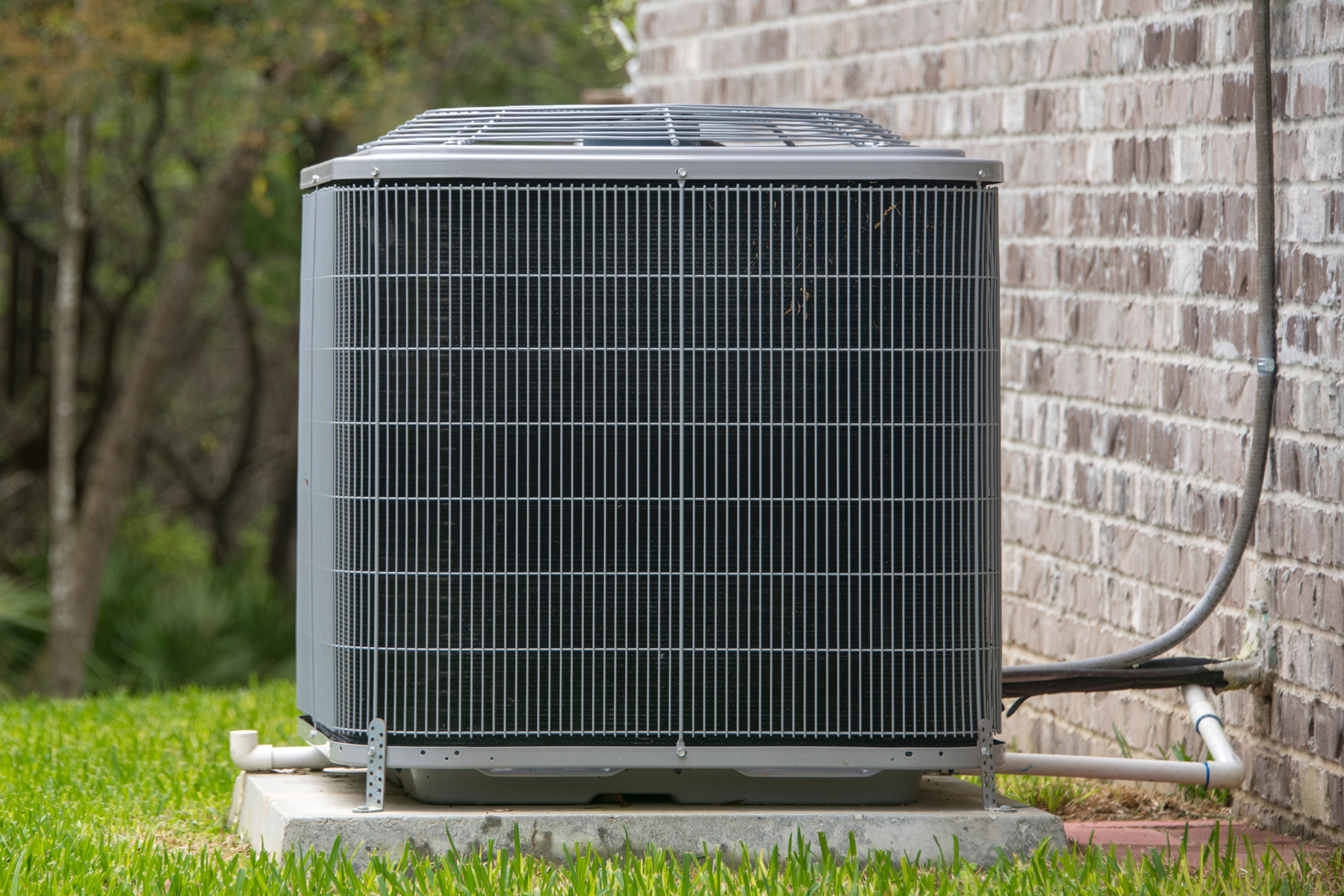
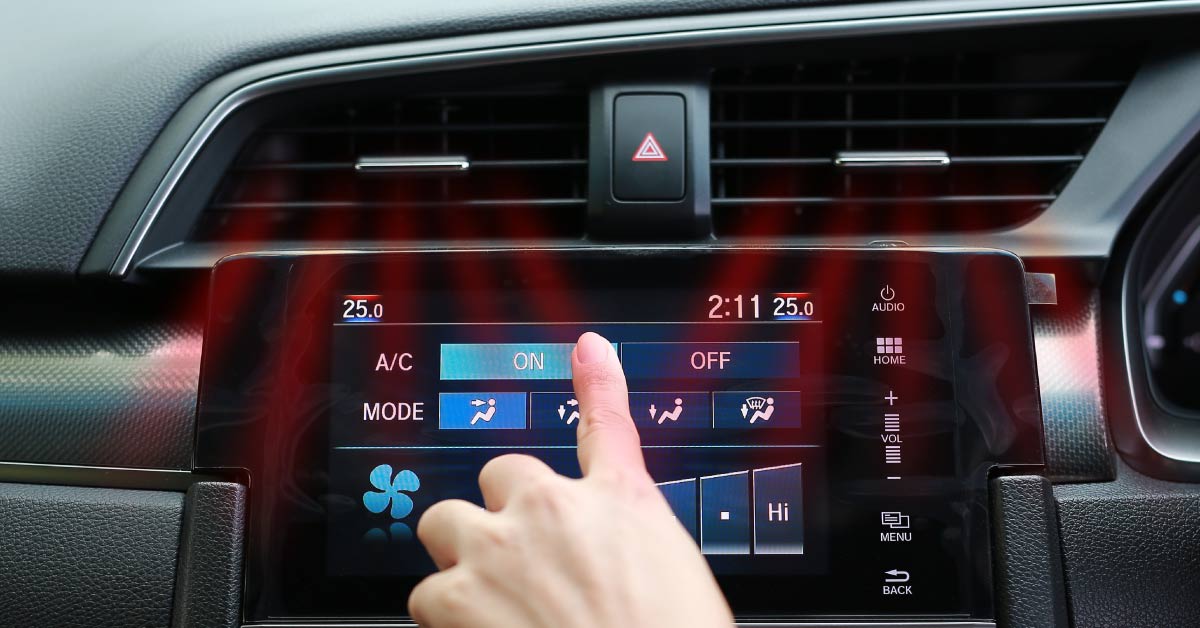
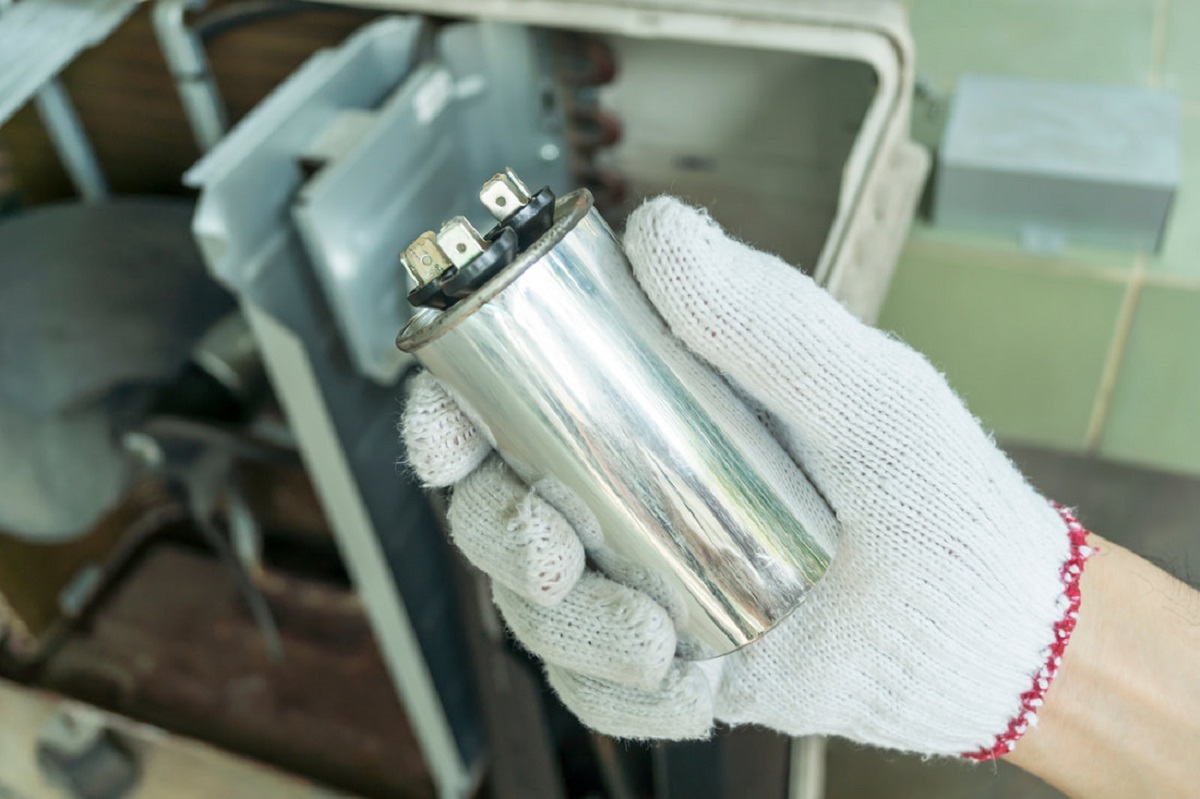
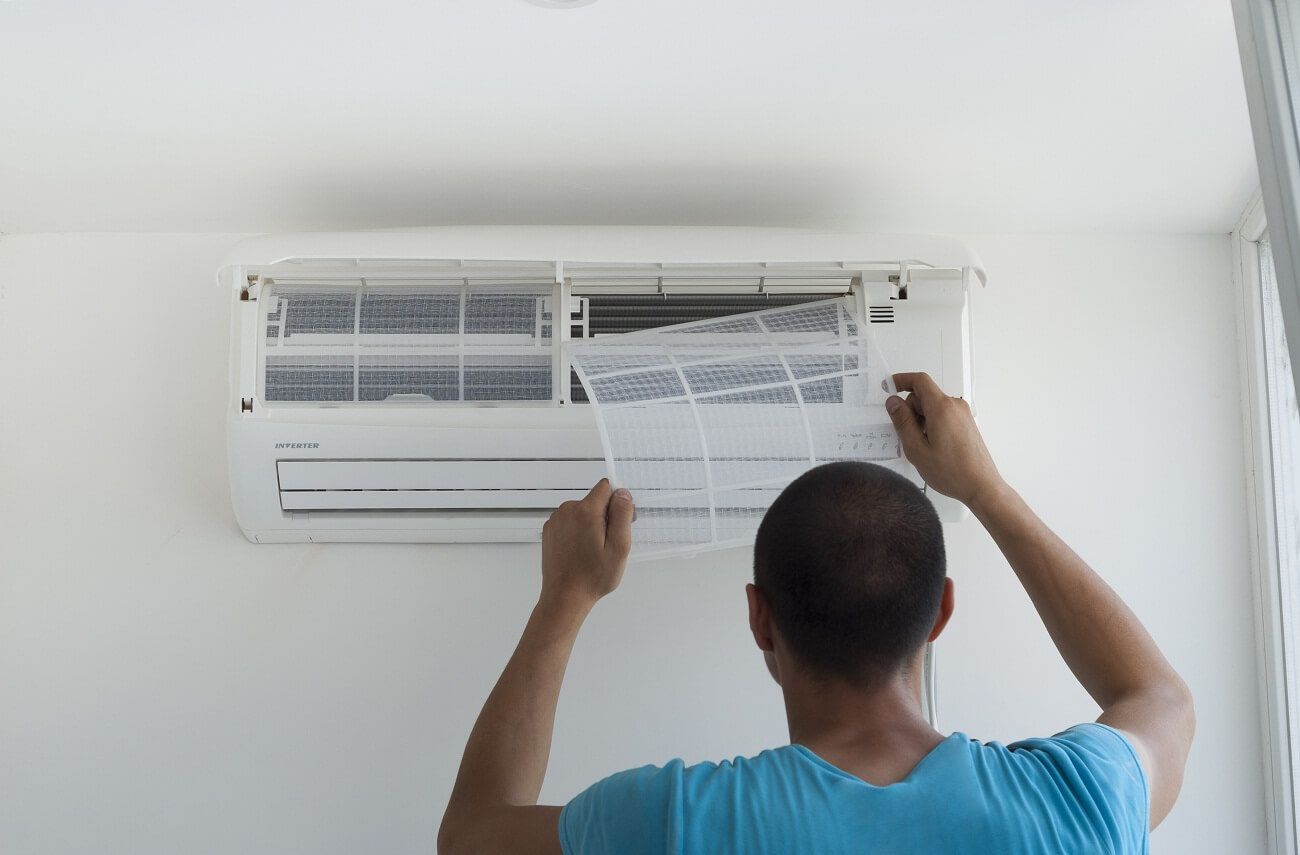
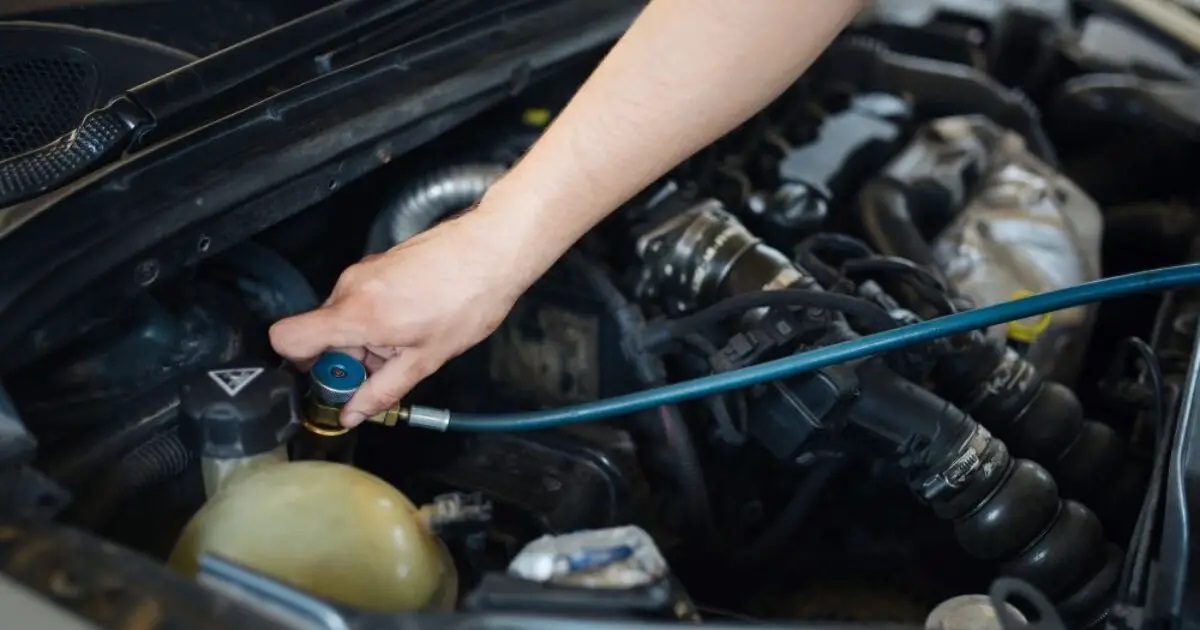
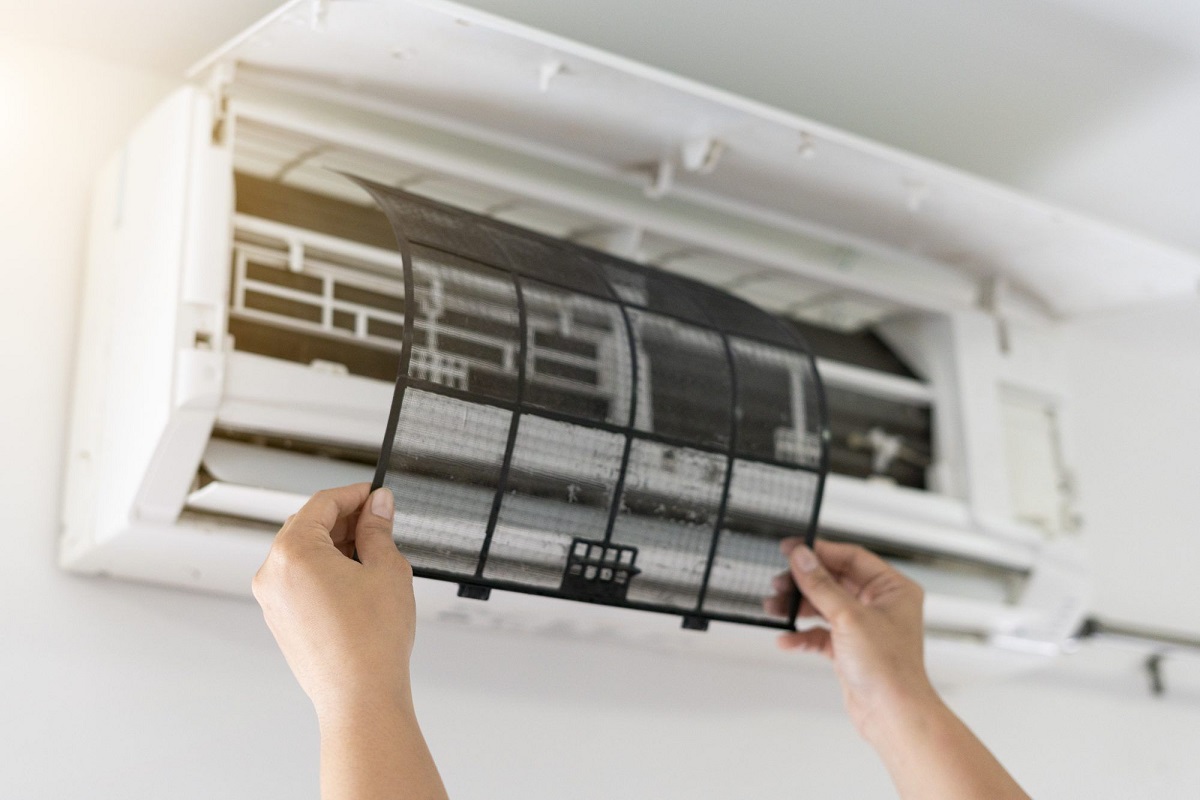

0 thoughts on “How To Install Surge Protector On AC Unit”